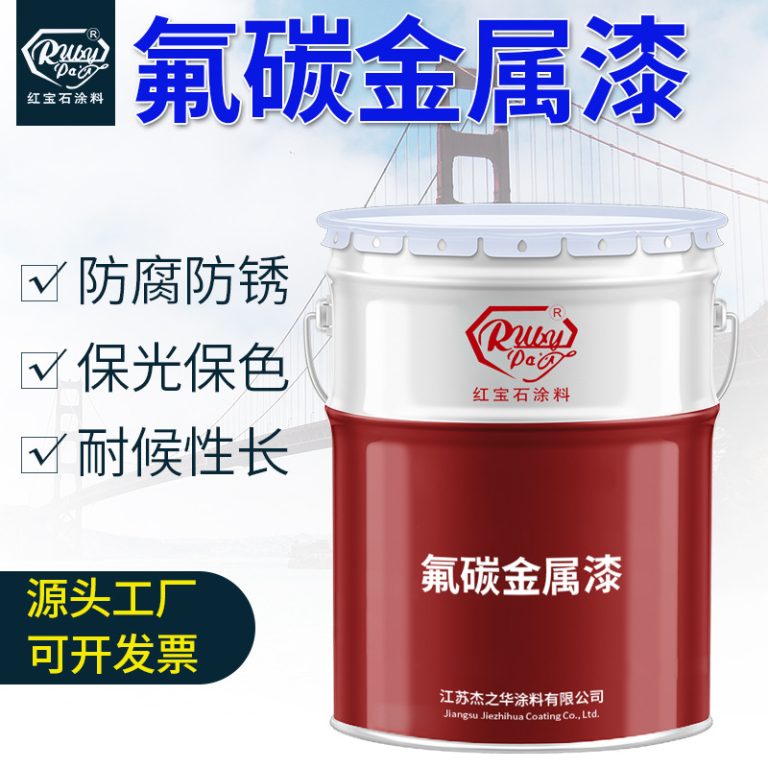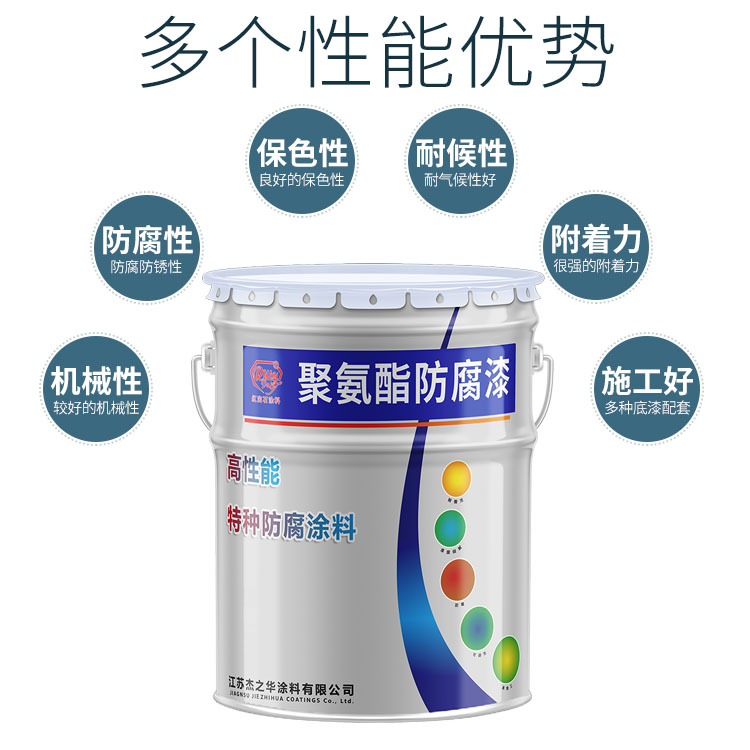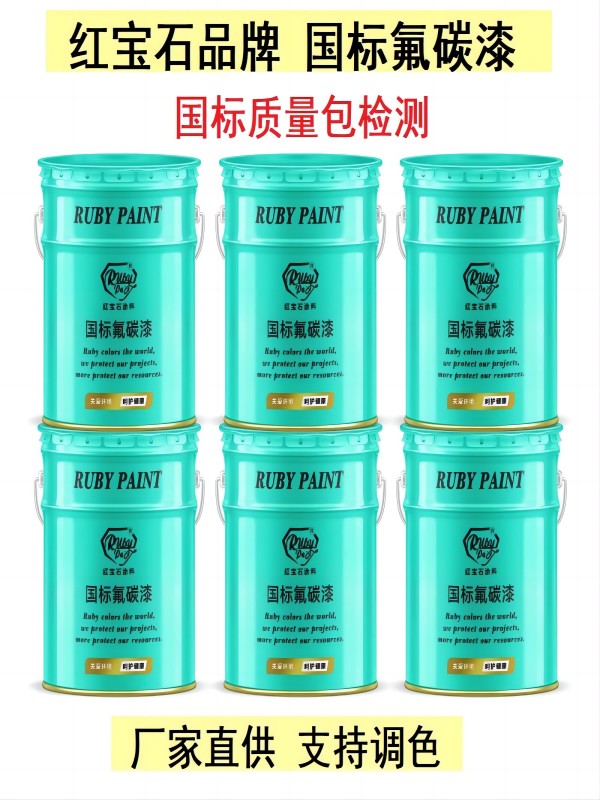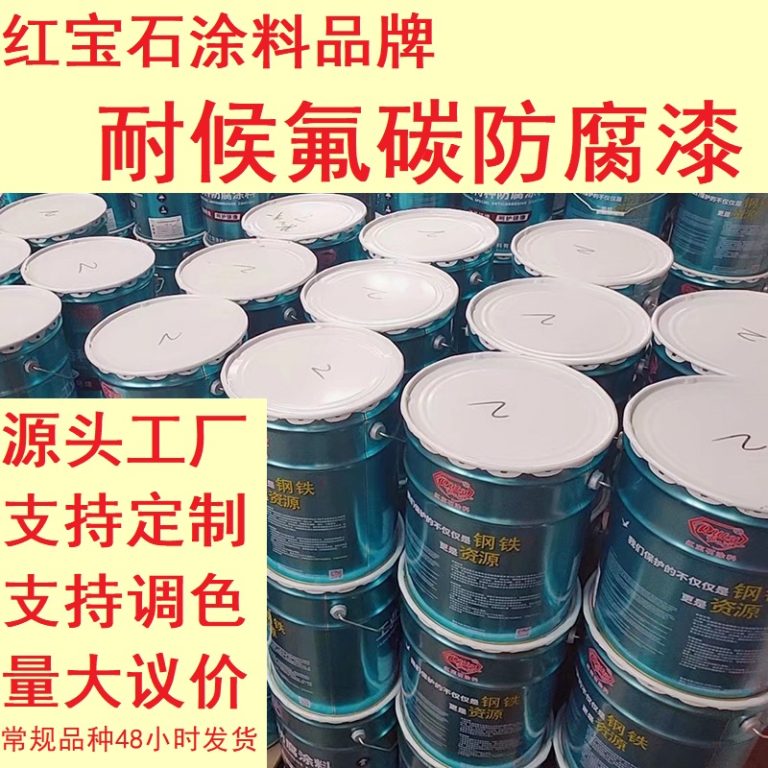Table of Contents
Types Of Acid Resistant Coatings And Their Applications
Acid resistant coatings are specialized protective layers applied to surfaces to prevent corrosion and damage caused by exposure to acidic environments. These coatings are essential in various industries, including chemical processing, oil and gas, wastewater treatment, and construction, where materials are frequently exposed to harsh chemicals and acids. Understanding the different types of acid resistant coatings and their applications is crucial for selecting the appropriate protection for specific environments and ensuring the longevity and safety of the coated surfaces.
One common type of acid resistant coating is epoxy-based coatings. Epoxy coatings are widely recognized for their excellent adhesion, durability, and resistance to a broad range of chemicals, including acids. These coatings form a dense, impermeable barrier that prevents corrosive substances from penetrating the substrate. Epoxy coatings are typically used in industrial settings, such as chemical plants and refineries, where they protect steel and concrete structures from acid attacks. Additionally, they are often employed in secondary containment areas to prevent accidental spills from causing environmental damage.
Another type of acid resistant coating is fluoropolymer coatings. Fluoropolymers, such as polytetrafluoroethylene (PTFE) and perfluoroalkoxy (PFA), offer exceptional chemical resistance and can withstand exposure to highly corrosive acids, such as hydrochloric acid and sulfuric acid. These coatings are non-stick and have low friction properties, making them ideal for applications where easy cleaning and maintenance are required. Fluoropolymer coatings are commonly used in the pharmaceutical and food processing industries, where equipment must resist acidic substances and maintain high levels of hygiene.
Ceramic coatings also play a significant role in protecting surfaces from acid corrosion. These coatings are made from inorganic materials that can resist high temperatures and aggressive chemicals. Ceramic coatings are often applied to metal surfaces that are exposed to hot, acidic conditions, such as in the aerospace and automotive industries. The thermal stability and chemical inertness of ceramic coatings make them suitable for protecting engine components, exhaust systems, and other high-temperature equipment from acid-induced corrosion.
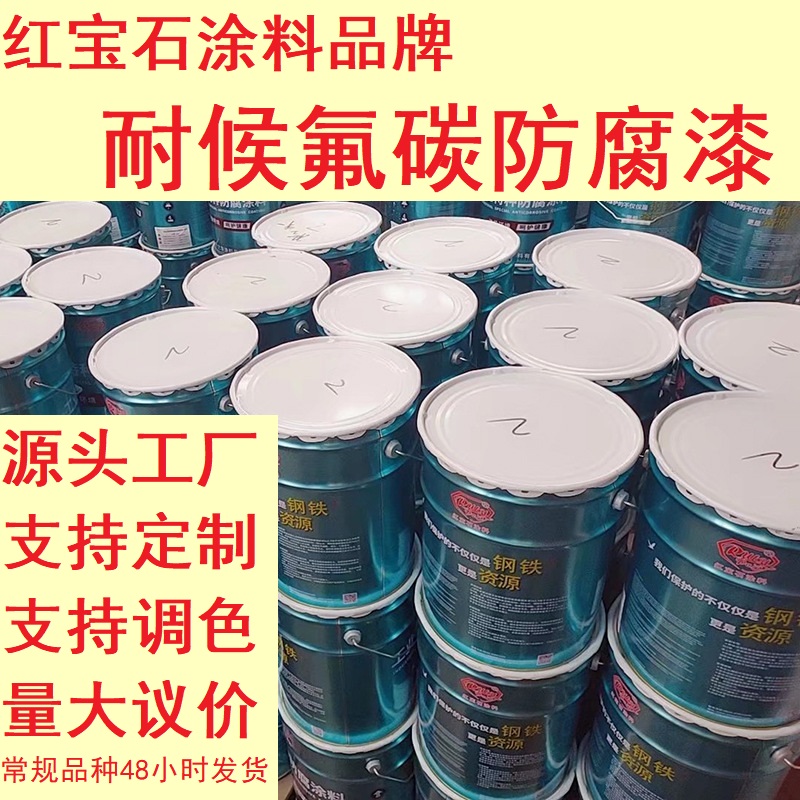
In addition to these types, vinyl ester coatings are also widely used for acid resistance. Vinyl ester resins provide excellent protection against a wide range of acids and alkalis, making them suitable for use in chemical storage tanks, pipelines, and other equipment that comes into contact with corrosive substances. These coatings are particularly effective in environments where both chemical resistance and high mechanical strength are required, such as in pulp and paper mills and water treatment facilities.
| Number | Commodity Name |
| 1 | Fluoracarbon finish paint |
The choice of acid resistant coating depends on several factors, including the type of acid, concentration, temperature, and the nature of the substrate. It is essential to carefully assess the specific conditions of the application to select the most suitable coating that will provide long-lasting protection. Proper application and maintenance of acid resistant coatings are also critical to ensure their effectiveness and prolong the service life of the coated surfaces.
In conclusion, acid resistant coatings are vital for protecting materials and equipment from corrosive damage in various industrial and commercial settings. By understanding the different types of coatings available, such as epoxy, fluoropolymer, ceramic, and vinyl ester, and their specific applications, industries can make informed decisions to safeguard their assets and ensure operational efficiency.
Benefits Of Using Acid Resistant Coating In Industrial Environments
Acid resistant coating is a specialized type of protective layer applied to surfaces in industrial environments to safeguard them from the corrosive effects of acids and other harsh chemicals. This coating is essential in industries such as chemical processing, pharmaceuticals, and oil and gas, where exposure to acidic substances is common. The benefits of using acid resistant coating are numerous and can significantly enhance the longevity and safety of industrial equipment and infrastructure.
One of the primary advantages of acid resistant coating is its ability to extend the lifespan of industrial assets. By providing a barrier between the surface and corrosive substances, this coating prevents the degradation of materials such as metal, concrete, and plastic. This protection is crucial in environments where equipment is regularly exposed to acidic chemicals, as it reduces the need for frequent repairs and replacements. As a result, companies can save on maintenance costs and minimize downtime, leading to increased productivity and profitability.
In addition to its protective properties, acid resistant coating also contributes to a safer working environment. Exposure to corrosive substances can pose significant health risks to workers, including chemical burns and respiratory issues. By preventing acids from coming into direct contact with surfaces, the coating reduces the likelihood of accidental spills and splashes that could harm employees. This enhanced safety measure not only protects workers but also helps companies comply with occupational health and safety regulations, thereby avoiding potential legal and financial repercussions.
| No. | Name |
| 1 | Industrial paint |
Furthermore, acid resistant coating is designed to withstand extreme conditions, making it suitable for a wide range of industrial applications. It can tolerate high temperatures, UV radiation, and mechanical abrasion, ensuring its effectiveness in various challenging environments. This versatility is particularly beneficial for industries that operate under harsh conditions, as it ensures that the protective coating remains intact and continues to provide reliable protection over time.
Another significant benefit of acid resistant coating is its contribution to environmental sustainability. By preventing the leakage and spillage of hazardous chemicals, this coating helps reduce the contamination of soil and water sources. This is particularly important in industries where the risk of environmental pollution is high, as it helps companies meet environmental regulations and demonstrate their commitment to sustainable practices. Additionally, the durability of acid resistant coating means that it requires less frequent reapplication, further reducing the environmental impact associated with the production and disposal of protective coatings.
In conclusion, the use of acid resistant coating in industrial environments offers a multitude of benefits that extend beyond mere surface protection. Its ability to prolong the lifespan of equipment, enhance worker safety, withstand extreme conditions, and support environmental sustainability makes it an invaluable asset for any industry dealing with acidic substances. By investing in high-quality acid resistant coating, companies can not only protect their assets and employees but also contribute to a safer and more sustainable industrial landscape.


